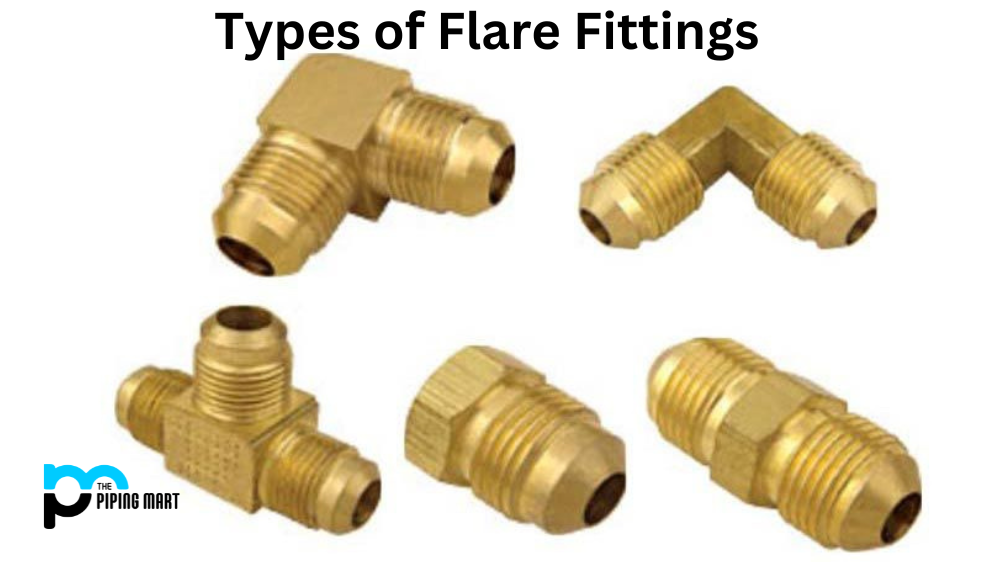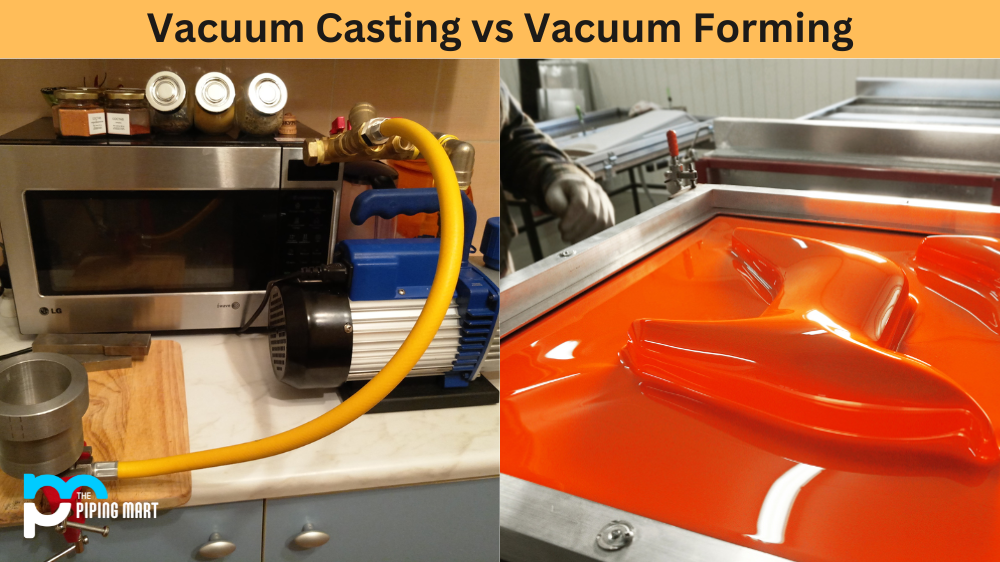Flare fittings are essential in piping and plumbing systems to ensure a leak-proof connection between tubes and pipes. These fittings are particularly favoured in systems that handle high pressure, like refrigeration or hydraulic applications. Depending on your project requirements, it’s vital to choose the right type of flare fitting. In this post, we’ll explore the five common types of flare fittings and their specific uses, helping you make an informed decision for your next installation.
Types of Flare Fittings and their Uses
45° Flare Fittings
The 45° flare fitting is perhaps the most standard today, especially within the HVAC industry. Appropriately named for the 45-degree angle at which the tube is flared to meet the fitting, these are commonly made from brass, copper, or steel. When installing a 45° flare fitting, a flare nut is used to secure the flared tubing’s tapered end to the fitting, ensuring a tight seal suitable for both liquid and gas lines. No additional thread sealant is needed because the seal is made on a flared surface.
Uses: Widely used in residential and commercial heating, ventilation, and air conditioning (HVAC) systems as well as in automotive brake lines.
37° JIC Flare Fittings (AN Fittings)
AN (Army-Navy) fittings, or JIC (Joint Industry Council) flare fittings, come with a 37° angled flare. They were originally designed to meet stringent military standards but have been adopted in various industrial applications due to their reliability in high-pressure situations. These fittings make a metal-to-metal seal by the contact between the flared end of the tube and the coned receiving area of the fitting. The versatility and robustness of the 37° JIC flare fitting make it beneficial for a wide range of applications across multiple industries.
Uses: Commonly found in high-pressure fluid applications such as hydraulics, fuel delivery, and in military equipment.
Inverted Flare Fittings
The inverted flare fitting includes a 42° inverted flare, providing a metal-to-metal seal similar to the JIC fitting but with a different angle and design. It has a high resistance to pull out and can handle moderate pressures. The most recognizable use of the inverted flare fitting is in the braking systems of older vehicles, where it’s important to avoid leaks of hydraulic brake fluid. These fittings offer easy assembly and disassembly, crucial in repair and maintenance operations.
Uses: Automotive braking and fuel line systems, refrigerant lines, and other applications not requiring the high pressure and strength of a 37° JIC fitting.
Metric Flare Fittings
Metric flare fittings are similar to their imperial counterparts but designed for metric-sized tubing. These flare fittings are predominantly used in equipment and systems outside the United States, where metric measurements are the norm. As with other flare fittings, metric types ensure a tight and secure seal. However, it’s essential to use the correct size, as imperial and metric fittings are incompatible.
Uses: Used globally and especially in regions where the metric system is the standard, such as Europe and Asia.
Brass Flare Fittings
Brass flare fittings are popular because of their durability and corrosion resistance. They can handle a variety of elements, including hot and cold water, gasoline, oil, and other gases. Brass, as a material, naturally resists corrosion from water, making these fittings an ideal choice for plumbing and heating applications. These fittings create a seal with the flare on the tube and the coned receiving area on the fitting. Their broad utility is a staple in many residential and light industrial applications.
Uses: General-purpose applications including water, gas, and some high-pressure lines.
Conclusion
Choosing the right flare fitting for your project is crucial to ensuring a safe and effective connection that can withstand the pressures and demands of your system. From HVAC systems to automotive breaks, the type of flare fitting you select will depend on the specific pressure, angle, and material compatibility requirements. Remember, while these descriptions offer a general guideline, always refer to codes, standards, and manufacturer recommendations before selecting a flare fitting for your application.
Sakshee is a talented blogger, with a particular focus on the Business and Metal Industry. She is passionate about sharing her insights on various metal products and helping professionals to make a better decisions.




